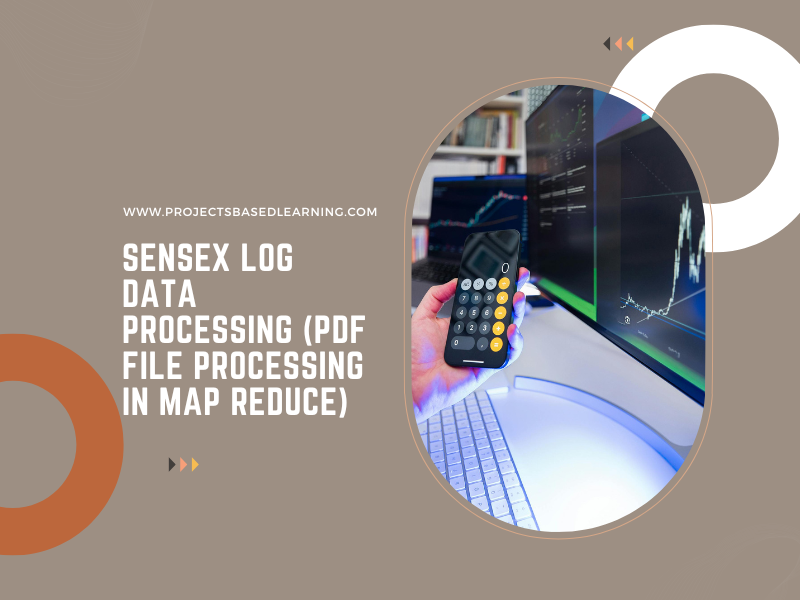Comparing SQL-on-Hadoop Technologies: Hive, Impala, and Presto
In the era of Big Data, organizations need efficient tools to query massive datasets stored across distributed storage systems like Hadoop Distributed File System (HDFS). While traditional relational databases struggle to keep up with this scale, SQL-on-Hadoop technologies bridge the gap by enabling familiar SQL-like queries on top of Hadoop data.
Among the most popular SQL-on-Hadoop engines are Apache Hive, Apache Impala, and Presto (now Trino). Though they share the same purpose—making Big Data querying easier—they differ significantly in performance, architecture, and use cases.
This guide will compare them head-to-head to help you choose the right tool for your big data analytics needs.
1. Apache Hive
Best for: Batch Processing and ETL Workloads
Apache Hive, developed by Facebook in 2008, is one of the earliest SQL-on-Hadoop projects. It translates SQL-like queries (HiveQL) into MapReduce, Tez, or Spark jobs for execution.
Key Features
HiveQL: SQL-like language, easy for analysts familiar with SQL.
Batch-oriented: Optimized for ETL and long-running queries.
Integration: Works well with Apache Spark, Pig, and Hadoop ecosystem.
ACID Transactions: Supports inserts, updates, and deletes with transactional tables.
Advantages
Scalable and fault-tolerant.
Strong integration with Hadoop ecosystem.
Can process petabyte-scale data.
Limitations
Higher latency due to batch nature.
Not suitable for real-time or interactive analytics.
2. Apache Impala
Best for: Low-Latency, Interactive Analytics
Apache Impala, developed by Cloudera, is designed for speed. Unlike Hive, it bypasses MapReduce and uses a massively parallel processing (MPP) engine, enabling sub-second query responses.
Key Features
Real-time SQL: Directly queries data stored in HDFS, Apache HBase, or Amazon S3.
MPP Architecture: Executes queries across multiple nodes in parallel.
Standard SQL Support: Includes advanced analytics and window functions.
Integration: Works well with Hive Metastore for schema management.
Advantages
Extremely fast compared to Hive for interactive queries.
No heavy ETL needed; can query raw data directly.
Ideal for BI dashboards and data exploration.
Limitations
Requires more memory and CPU resources.
Not as fault-tolerant for long-running queries as Hive.
3. Presto (Trino)
Best for: Querying Across Multiple Data Sources
Presto, created by Facebook, is a distributed SQL query engine designed for federated querying—meaning it can query data from multiple sources in one go.
Key Features
Federated Queries: Access data from Hadoop, Cassandra, MySQL, PostgreSQL, and more.
In-Memory Execution: No intermediate writes to disk for faster results.
ANSI SQL: Full compliance with standard SQL.
Extensible Connectors: Supports plugins for various data stores.
Advantages
Extremely versatile; can query both Hadoop and non-Hadoop sources.
Great for ad-hoc analysis and real-time exploration.
No data movement required; queries run where the data resides.
Limitations
Higher memory usage due to in-memory processing.
Not ideal for heavy ETL jobs like Hive.
Comparison Table: Hive vs. Impala vs. Presto
Feature
Apache Hive
Apache Impala
Presto (Trino)
Best Use Case
Execution Engine
Latency
SQL Compatibility
Data Sources
Fault Tolerance
Integration
Batch ETL, reporting
MapReduce, Tez, Spark
High
HiveQL
Hadoop ecosystem
High
Strong Hadoop tie
Interactive analytics
MPP
Low
SQL-92 + extensions
Hadoop ecosystem
Medium
Strong Hadoop tie
Federated querying
MPP
Low
ANSI SQL
Multiple (Hadoop + DBs)
Medium
Broad, multi-source
Choosing the Right SQL-on-Hadoop Tool
Choose Hive if you need large-scale batch ETL processing and compatibility with the Hadoop ecosystem.
Choose Impala if your focus is on fast, interactive queries and BI dashboard performance.
Choose Presto if you need to query multiple data sources (both Hadoop and non-Hadoop) without moving data.
Final Thoughts
While Hive, Impala, and Presto overlap in their core purpose, each excels in different scenarios. Understanding their strengths and weaknesses will help you pick the best engine for your big data analytics needs. In many organizations, these tools are used together—Hive for ETL, Impala for dashboards, and Presto for cross-platform queries.
By aligning your choice with your data volume, latency requirements, and integration needs, you can ensure your big data analytics pipeline is both powerful and efficient.

